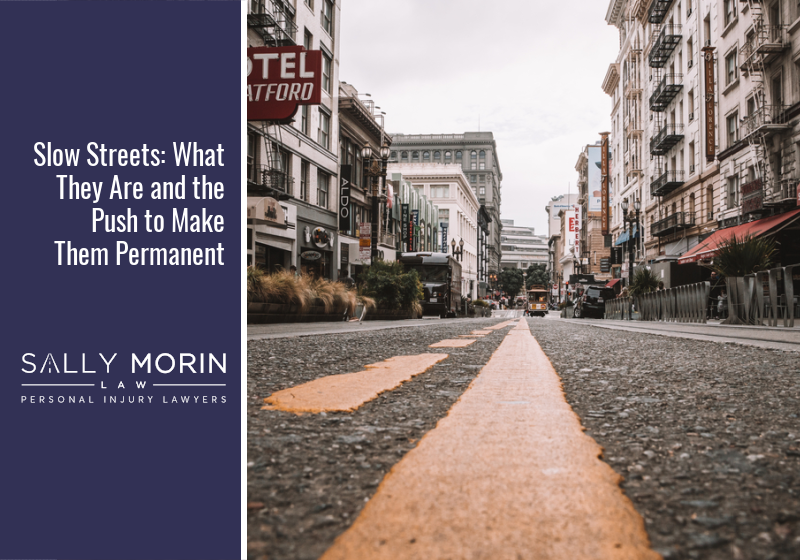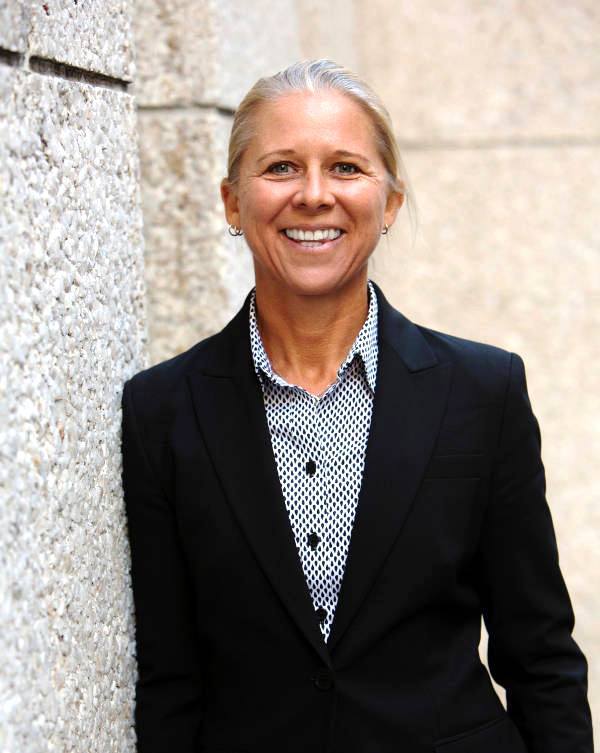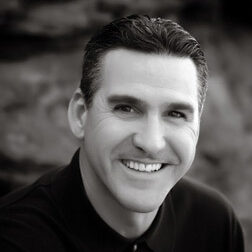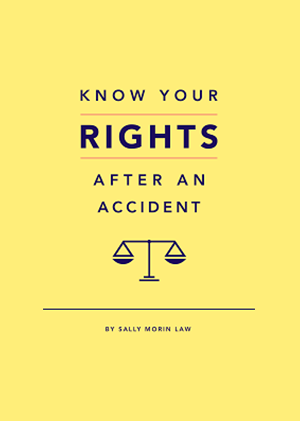San Francisco is a global trendsetter when it comes to devising innovative ways to keep pedestrians and cyclists safe on city streets. In the past 10 years, the city has launched more than 30 road improvement projects, plus 130 miles of new bike and pedestrian zones.
San Francisco spends more than $25 million per year on these street improvements. It makes sense because 16% of San Francisco residents bike regularly and up to 50% are pedestrians at some point during their normal weekly activities. Cyclists and pedestrians are always at risk of injury and death on our roadways.
For example, senior citizens are just 15% of San Francisco’s population but comprise 40 to 50% of all pedestrian fatalities. And San Francisco’s overall pedestrian fatality rate is five times the national average.
Statistics like these inspired the Slow Streets project, which provides added protection for slow and vulnerable road users.
San Francisco’s Slow Streets Project
The Slow Streets project limits traffic in certain areas and turns these areas into shared spaces for people traveling on foot and by bicycle. Throughout San Francisco, more than 30 have been designated as slow streets.
When a roadway is part of a slow streets zone, it receives new signs and barricades that direct most traffic around the area instead of directly through it. Walkers and bicyclists are given priority, with directional signage that helps them stay in the safe zone.
During the COVID-19 pandemic, the Slow Streets project took on added significance while people increasingly walked and biked to get fresh air and socialize at a distance. Today, San Francisco’s slowest streets are also some of the busiest.
A New Phase of Slow Streets
After two successful phases of Slow Streets, the project entered Phase Three to link a network of bike-friendly and pedestrian-friendly routes that improve north-south and east-west travel across the city. Phase Four adds slow zones in the Inner Sunset, South of Market, Western Addition, and Sunnyside neighborhoods.
More than 14 slow corridors have been approved by the San Francisco Municipal Travel Agency. They involve streets including Arkansas, Arlington, Broderick, Cabrillo, Cayuga, Clay, Duncan, Holly Park Circle, Mariposa, Minnesota, Noe, Pacific, Pierce, Tompkins, and 20th.
Now that the project is making such a difference in some San Francisco communities, others are requesting slow streets too. For example, some Jones Street residents requested an extension of slow streets deeper into the Tenderloin due to the ongoing social distancing and economic challenges their neighborhoods are facing.
Are Slow Streets Here to Stay? Probably!
The Slow Streets initiative has happened at an impressively fast pace. The San Francisco Municipal Transportation Agency (SFMTA) announced the implementation of 12 slow streets on April 21, 2020, and this plan is now a reality.
In fact, by March 2021, more than 7800 people responded to a city-wide survey about the Slow Streets project and submitted 400 more streets to become slow streets. Since then, 26 more of these streets are officially in the works.
Safety and advocacy organizations like San Francisco Bicycle Coalition and Walk SF are on board and are encouraging the city to make slow streets a permanent part of the city’s long-term infrastructure plan. The Bike Coalition even started a new campaign called #KeepItSlow.
With so much community support, it seems that slow streets are here to stay. San Francisco’s success with this project is having a worldwide impact and many other cities’ leaders are studying it to replicate it.
Slow Streets From a Legal Perspective
At Sally Morin Personal Injury Lawyers, we have a special spot in our hearts for the Slow Streets initiative. Not only are we personal injury lawyers, but we’re also avid cyclists who understand the challenges of traveling in a big, busy city like San Francisco.
Many bicycle accidents in San Francisco are caused by motorists who just don’t seem to give cyclists the same respect as others on the road. The Slow Streets project is a breath of fresh air that will help keep our city healthier and safer.
We Handle Your Personal Injury Claim So You Can Focus on Your Life
After a traffic injury, contact the attorneys at Sally Morin Personal Injury Lawyers. We handle many areas of the law, including bicycle and pedestrian accidents. We believe you should be able to focus on recovering while we handle the legal details.
We truly care about the people of California. Contact us today for a free online case evaluation.











